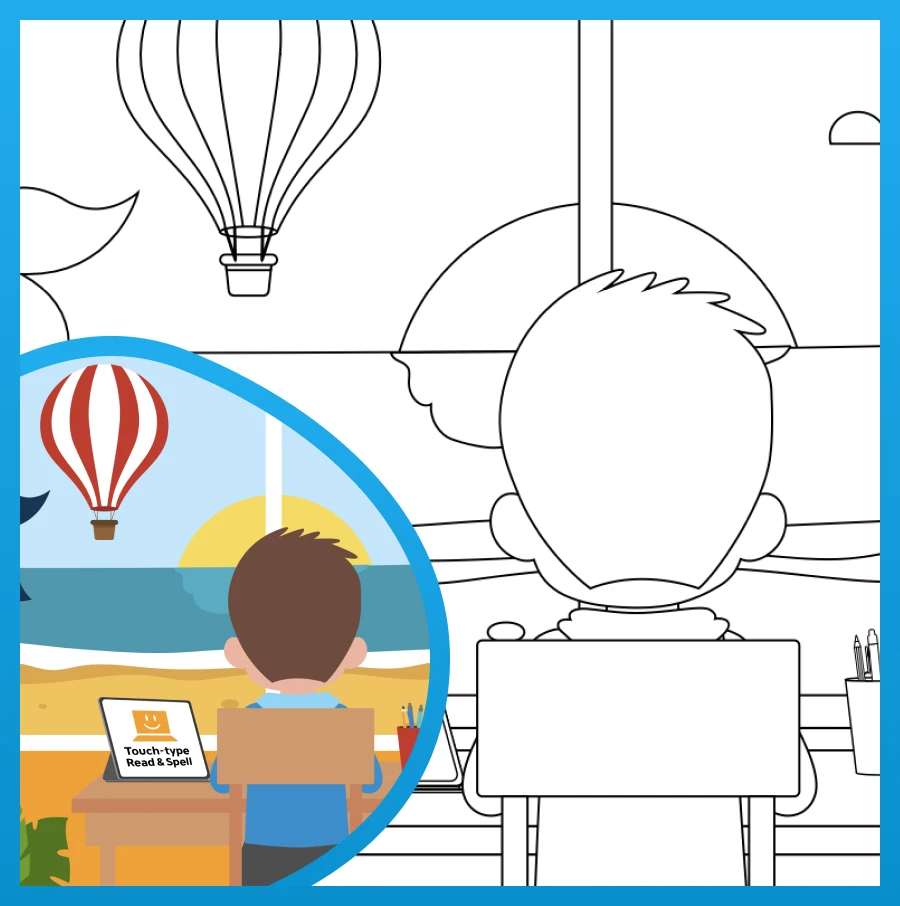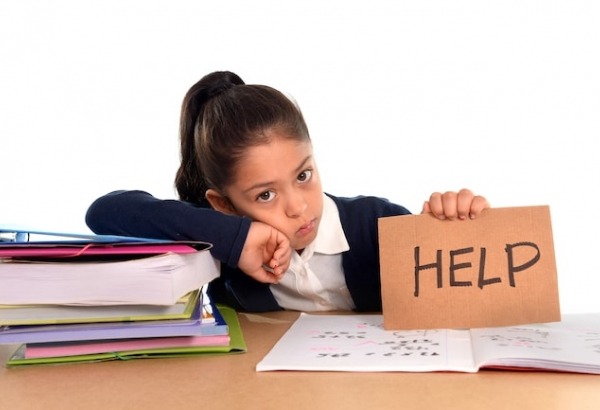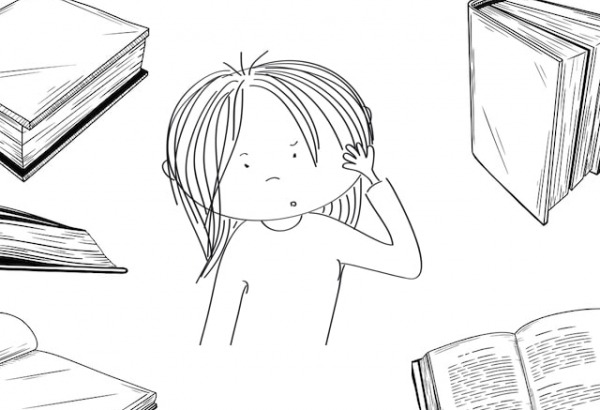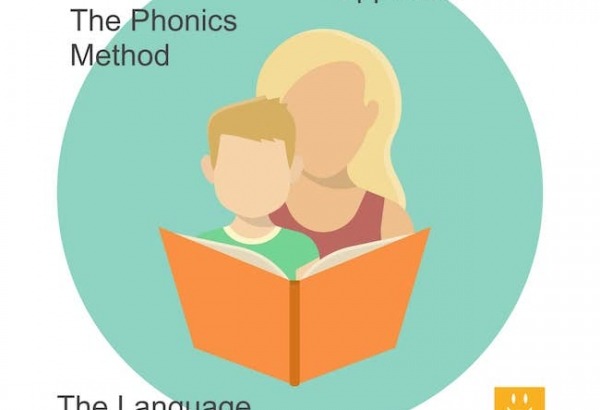Teaching children to read

Learning to read is one of the most important things a child will do in his or her life. That’s because we live in a society in which literacy skills are the key to success. When reading ability doesn’t develop overnight, some parents and educators worry they are on the wrong path to instruction.
But choosing the “right” books and the “best” way to teach reading depends on every child. No two individuals will master reading at the same time or pace, and patience and persistence is a must, particularly for kids who struggle with learning difficulties or differences.
Teaching a child to read begins at birth with the reinforcement of pre-literacy skills. Nonetheless, most kids will officially learn to read between the ages of 5 and 7.
One of the most common ways to teach reading is via the sounding out method in which kids are encouraged to read aloud, pronouncing each letter or group of letters until they recognize the word by sound.
At the same time, educators will teach sight words, or common vocabulary that children can memorize in order to reduce the cognitive burden of decoding sentences. The theory is the less words children need to sound out, the more attention they have to process a greater number of terms and understand vocabulary they have never encountered before.
As kids become strong readers, they do less and less reading out loud and recognize more and more vocabulary by sight. This makes them faster. They can also do more when it comes to interacting with the books they are reading, including following more complicated narratives, understanding specific details, gist and making inferences and predictions.
They grow their vocabulary because reading introduces them to new words they can understand from context. Moreover, reading affects writing ability. Kids develop familiarity with more complex sentence structures and begin to use and adapt them to express themselves. This is a crucial skill that will serve them in all areas of the curriculum, from English class to social studies.
Pre-literacy skills
There are certain pre-literacy skills educators have identified as important in preparing kids for reading instruction. Children can speak their native language, but they may not always recognize the component phonemes that make up English vocabulary.
Silly songs and rhymes can help call their attention to the “Sssss” or “shhh” sounds they’ll need to associate with letters in order to read their first words. They must learn the alphabet of course, but reading books also relies on grasping the concept of narrative.
This is something parents can teach by asking kids to recall actions in the order in which they occurred or simply leading by example and rehearsing the day’s activities with them.
Parents are also encouraged to read to their children because fostering a love of books begins at home. Very young children may not understand what you are reading but they will become familiar with how books work, including distinguishing print from pictures.
Infants love to imitate adults and turning pages is a great way to practice their fine motor skills and pincer grasp. If reading becomes a routine, they’ll begin to expect fun and entertaining stories. Positive associations forged through ample quality time spent with their parents will help them be more interested in reading books on their own.
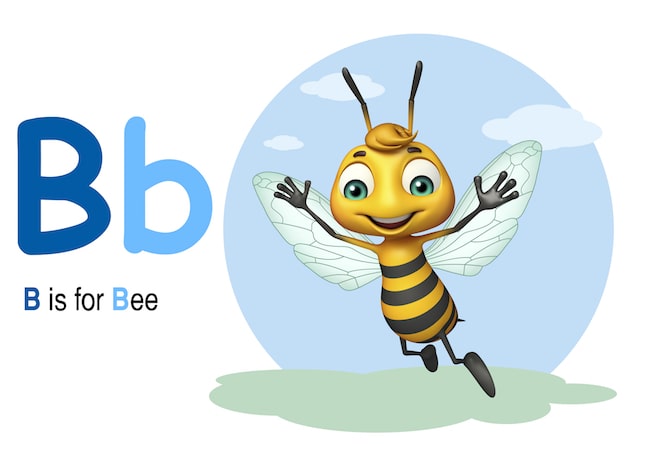
How to teach reading
- Phonics
Reading requires bringing together a child’s knowledge of the sound system of his or her native language and the letters and letter combinations that represent different phonemes. For this reason, some phonics instruction is essential.
- Familiar words
Because they are fluent speakers, kids have a base vocabulary to begin with. That’s why learning how to read words they are already familiar with is a good place to start. This might include their own name and other concrete nouns that can be prompted using pictures.
- One word at a time
In the beginning, too much text can be overwhelming for a new reader. Make sure there are not too many words on a page and start by having them sound out single terms before progressing to phrases and sentences.
- Ample exposure and repetition
Reading words that contain the same letters and letter combinations and seeing those words multiple times helps kids practice early reading skills. Did you know that 50-75% of the words in most children’s books come from the Dolch list?
- Illustrations and big print
Images can help a child in the beginning by prompting him or her to recognize the word they are reading. It helps if words are large enough and printed in bold, easy to read font.
- High frequency vocabulary
Memorizing words that are likely to show up in most books for children helps reduce the cognitive load associated with sounding out phrases and simple sentences. Kids can use flashcards and practice spelling at the same time.
- Books they want to read
Children are often more motivated to read if they are interested in the material to begin with. Take kids to the library and let them select the books they want to start with. If the text proves too challenging, at least you have an idea of what topics they are interested in.
- Taking on a challenge
Starting with books that are too hard can be discouraging for an early reader. Keep kids motivated by selecting a mix of easy material that is at their level, interspersed with challenging books that are one step beyond. A good way to tell how hard a book is by having the child read a page and lift a finger for every word they don’t recognize. If any page contains more than 5 words the child doesn’t know, save the book for later.
- Graded readers
Many English novels and stories have been adapted for readers of different levels. Check out graded readers and try using several levels in progression to ensure familiar vocabulary and a consistent increase in difficulty.
- Constructs and interaction
It’s a good idea to encourage active vs. passive reading by asking children about what they have read. In the beginning they will be focused on recognizing words but later on they’ll need to get the gist of the text and be able to tell you more about the details too!
Learn more about building a homeschool reading program in this article.

Dyslexia and reading ability
Some kids experience difficulty in reading and this may be due to a learning difficulty or difference. One of the most common learning difficulties is dyslexia, a condition in which literacy skills including reading and spelling, are affected.
Dyslexia can vary in its severity and individuals may experience different challenges but in general dyslexia is associated with difficulty in hearing the phonemes in words. This makes it hard to split a word into its component sounds, which you need to be able to do in order to spell it or to sound it out. As a result, kids may need to practice blending sounds together, learn high frequency vocabulary, and use additional strategies, such as creating mnemonic devices, to remember spelling.
You can find more tips on helping dyslexic children in the classroom in this article.
Slow processing and attention disorders
Kids who struggle with slow processing can have difficulty with the decoding process and with holding all of the details of a text in memory long enough to make meaning. Reducing cognitive load by teaching sight words and providing as much time as a child needs to read a text, can help them develop strong literacy skills.
Children who struggle with ADHD can greatly benefit from reduced distraction and a quiet environment in which to learn how to read. Keep them focused on the text and allow them to take frequent breaks and move around before coming back to reading activities.
Patience and time are essential to keep frustration at bay and ensure kids develop positive associations with reading. Learn more about ADHD reading problems.
Typing and reading
One way to help a struggling reader is to introduce them to a typing program that teaches phonics in a multi-sensory way. Touch-type Read and Spell (TTRS) is a multi-sensory course in which students are asked to type text that is displayed on the screen and read aloud at the same time. This reinforces phonics and involves muscle memory, which can be highly beneficial for kids who have learning difficulties and are struggling with literacy skills. They read along as they type and their fingers remember how to spell the words as the patterns become automatized. Typing is also a crucial skill for children with dysgraphia and dyspraxia who struggle to write using a pen and paper. The TTRS course provides plenty of positive feedback, something a struggling reader needs in order to develop self-esteem. It's also something they can complete at their own pace, so they don't feel rushed or like they're falling behind.
TIP: Did you know kids can learn how to type as early as 6 or 7, when their hands fit comfortably on a keyboard?
Do you have any tips on teaching reading? Send us a message and join the discussion!
For learners who struggle with reading
TTRS is a phonics-based touch-typing program that strengthens decoding and sight reading skills for children and adults who struggle with reading.
Chris Freeman

close
Can an Orton-Gillingham approach to literacy help your child?
Take a short quiz to find out!
TTRS has a solution for you
An award-winning, multi-sensory course that teaches typing, reading and spelling

How does TTRS work?
Developed in line with language and education research
Teaches typing using a multi-sensory approach
The course is modular in design and easy to navigate
Includes school and personal interest subjects
Positive feedback and positive reinforcement
Reporting features help you monitor usage and progress




